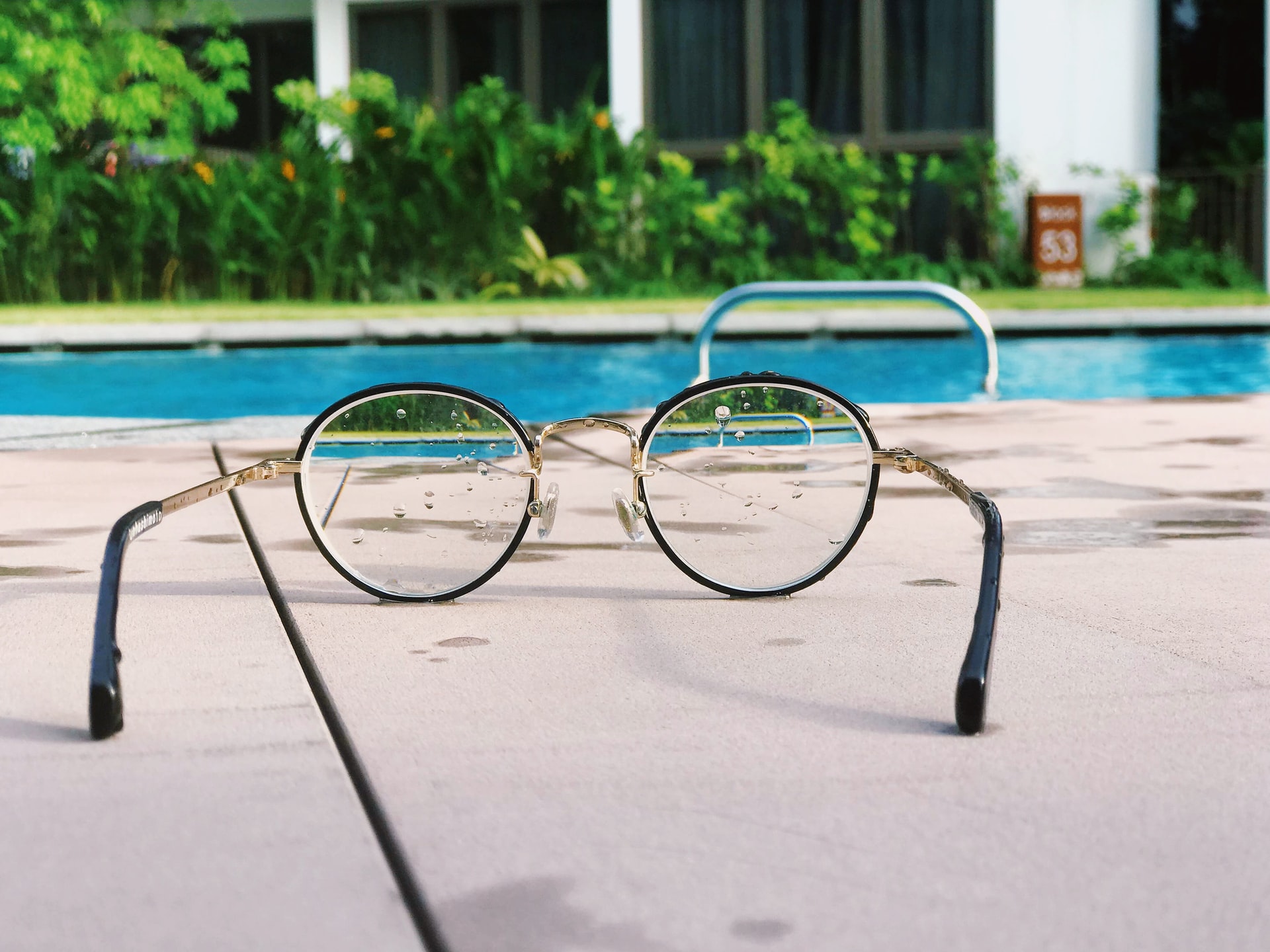In David Brook’s New York Times article, “The Moral Bucket List,” he describes good people as people who “listen well. They make you feel funny and valued. You often catch them looking after other people and as they do so their laugh is musical and their manner is infused with gratitude. They are not thinking about what wonderful work they are doing. They are not thinking about themselves at all.” Psychologist Scott Barry Kaufman and his colleagues defined these good people using research. Their “light triad,” framework describes three characteristics of “everyday saints.”
-
Kantianism
Seeing other people as an end within themselves, rather than a means to an end. Examples statements include “I don’t feel comfortable overtly manipulating people to do something I want,” and “I prefer honesty over charm.”
-
Humanism
Seeing the dignity and worth within each person. Example statements include “I tend to treat others as valuable,” and “I tend to admire others.”
-
Faith in humanity
Believing that people are fundamentally good. Example statements include “I tend to see the best in people,” and, “I think people are mostly good.”
Brooks and Kaufman reveal something interesting through their descriptions of good people. It is not about qualities inherent to good people that make them good, like being smart or funny or charismatic. Goodness hinges on how we view others. Good people see others as good, valuable, and worthy.
This relationship between how we view others and how we behave is further clarified by reciprocity theory. This theory finds that however we assume others treat us—whether kindly or cruelly— we respond in kind. Kind people are kind and mean people are mean because they assume others are.
If good people assume the best in others, then does this mean not-so-good people assume the worst? There’s some evidence for this. The hostile attribution bias (HAB) describes one’s tendency to project hostility in ambiguous circumstances. When someone doesn’t say much, someone high in HAB might assume they’re being rude, rather than that they are hungry, tired, or shy. If someone arrives late, they assume that person is disrespecting them rather than that the traffic was bad. People high in HAB have been found to engage in aggressive behaviors, such as gossiping and teasing others, and more alarmingly, domestic violence.
The light triad and HAB leave us with an important lesson. When we view others with mistrust and suspicion, we become more untrustworthy. When we view others as loving and good, we become these traits. If we want to experience the best of ourselves, we need to see the best in others.
For more on friendship, order my book (debuts September 6th, 2022): Platonic: How the Science of Attachment Can Help You Make- and Keep -Friends.
Note: This article is cross-posted on my blog on Psychology Today.



